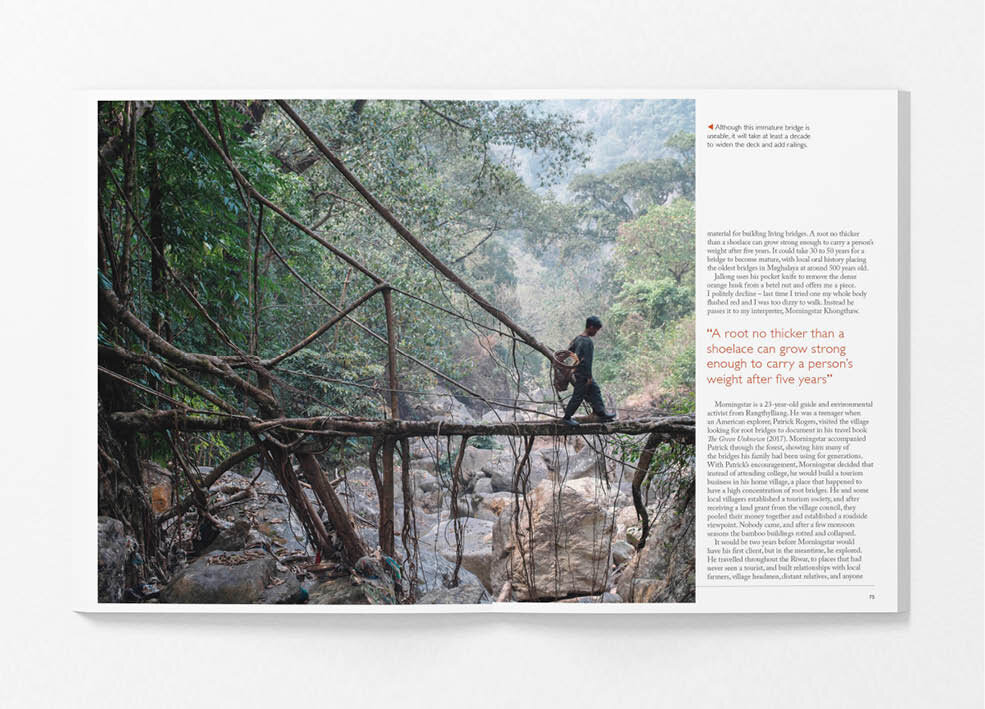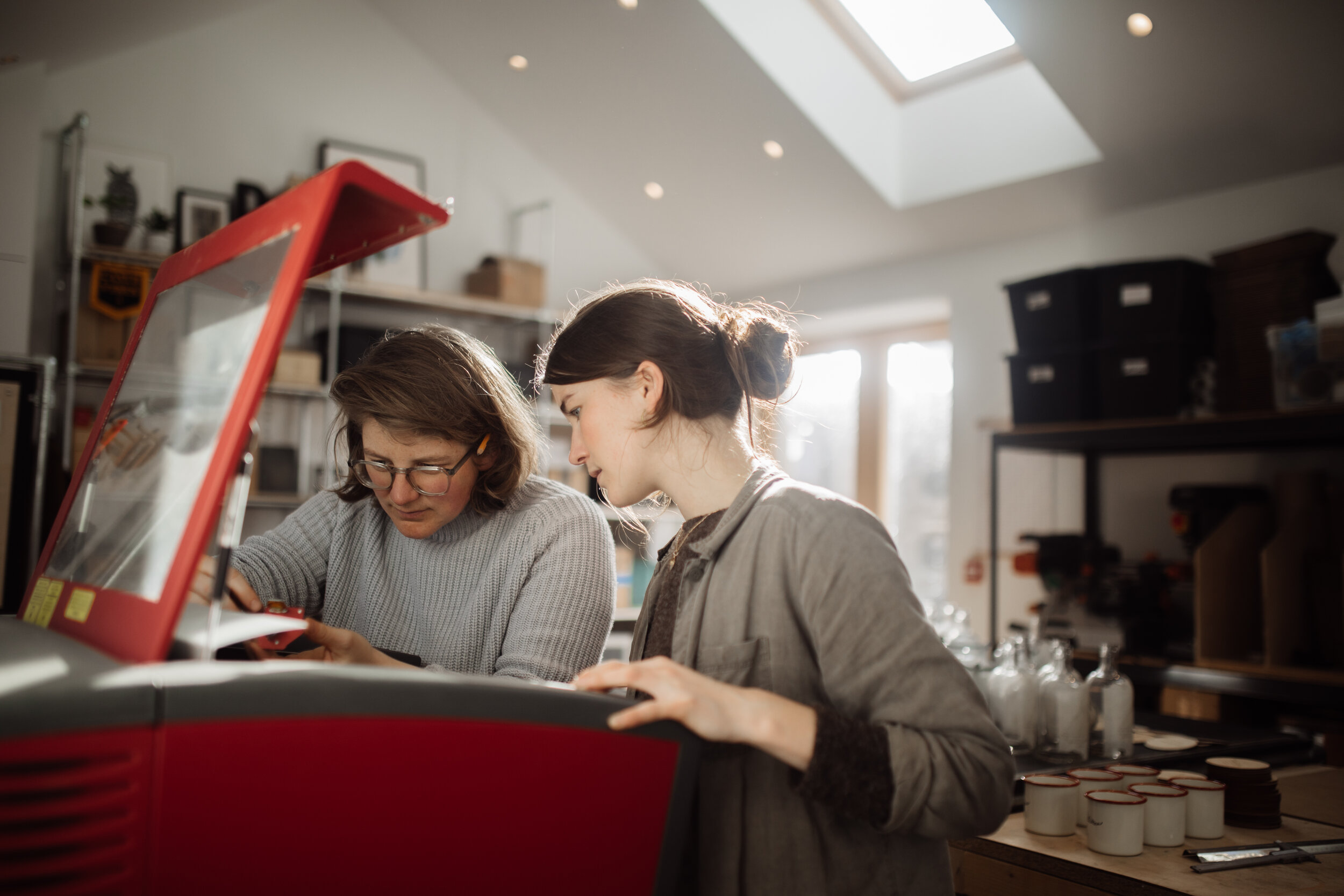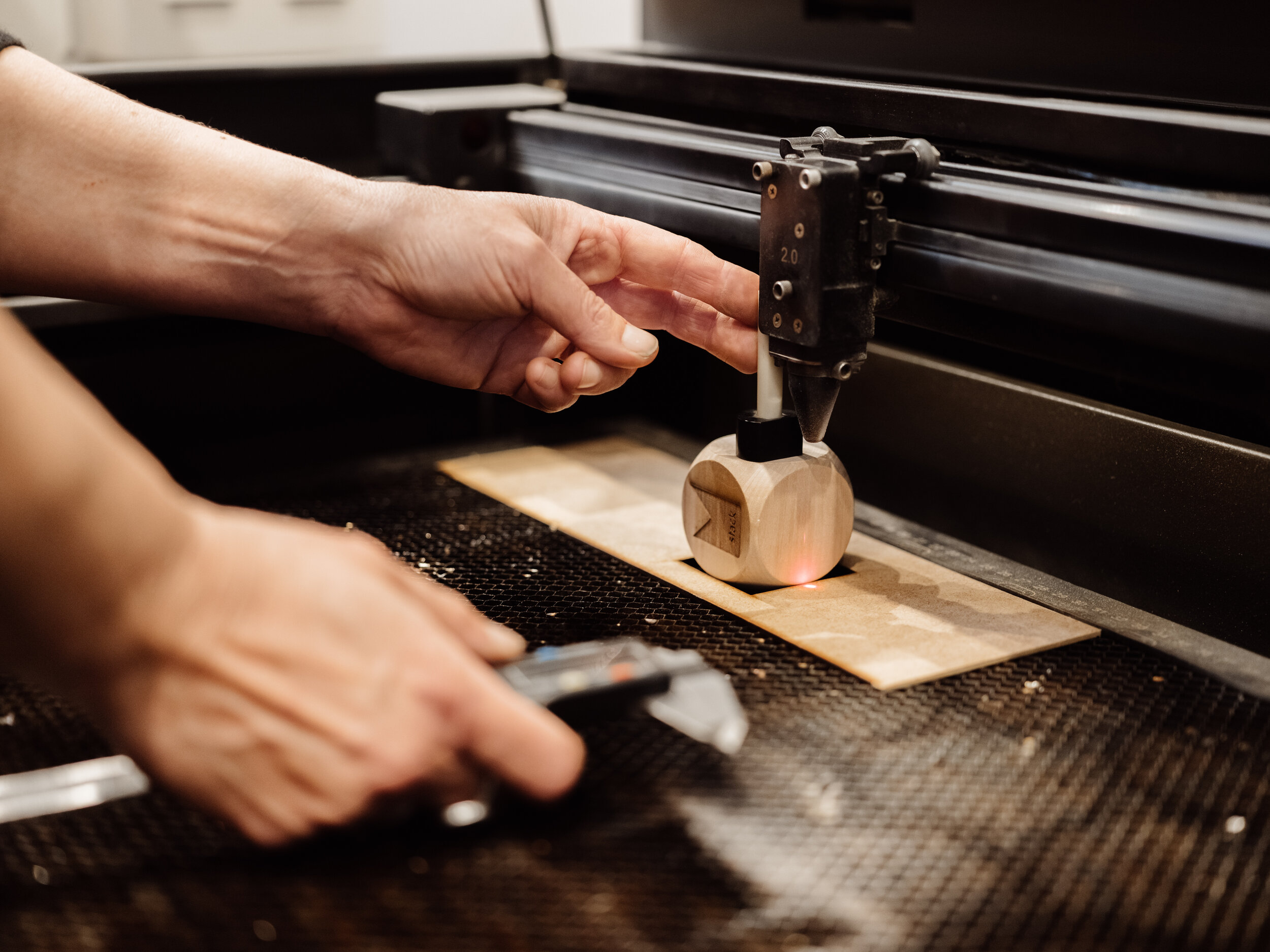In 2019, the controversial Adani Carmichael coal mine in Queensland, Australia was given government approval. This approval has seen the opening of one of the world's largest coal mines, which many say will lead to the devastation of local flora and fauna and indigenous cultures, as well as increasing carbon emissions. Artist Charlotte Watson decided to respond...
We Will Not Be Silent, by Deidre Boeyen Charmichael
Within the area of the proposed Adani Carmichael coal mine lives the diminutive black-throated finch. Its blue-grey head, cinnamon-brown body and black breast has earned it the nickname ‘Parson Finch’, and numbers have steadily declined to endangered levels. With the opening of the mine the birds’ future is even more uncertain, and extinction ever more likely.
In response to the government's decision, artist Charlotte Watson reached out online to creatives in an effort to produce work that would highlight the plight of this small bird. The project grew rapidly – more than 1,600 black-throated finch artworks have been sent to key politicians around the world.
Charlotte, what pushed you to begin this project?
In May 2019 I saw the news that the Adani’s management plan for the black-throated finch had been approved, and my heart sank. The possible protection requirements for the bird meant it was one of the last bastions against the coal mine going ahead. Evidence suggests that the Adani mine will have a devastating effect on the local flora, fauna, water and indigenous cultures in the Galilee Basin, as well as increasing carbon emissions worldwide. The finch has become symbolic for many people in Australia as a result.
When I started this project I had no idea how it would go. I envisaged a few artist friends and I hobbling together 1,000 finches in our studios and sending them in the post. The actual result was quite different.
How did people respond?
The response was immediate and enthusiastic – I was actually quite intimidated! Initially I reached out to fellow creatives, encouraging them to join in, but soon the project included children, parents, teachers, researchers, scientists and general members of the public who were concerned about the lack of environmental protection in Australia. I wasn’t prepared for the speed of the uptake, and had to manage my social media/online time carefully to make sure the project remained manageable.
Over 1,600 artworks were sent to key politicians involved in the Carmichael mine approval.
What did you want to achieve?
I wanted to give the politicians a piece of my mind, and by that I mean a bit of heart. I knew that art wouldn’t stop the decision-makers from giving the mine the green light, nor would it reverse their decision. But perhaps it could make the recipient – either a politician or a staff member who aids them in their work – to think about what we have forgone in choosing to go ahead with the mine, at this crucial time in our history.
What did you learn from this project?
It has taught me a lot about voice, and how one can hold themselves gently and thoughtfully in a very public space. I am happiest out of the spotlight, so this project wasn’t about me, but a place for others to share their grief about the state of climate policy and the rate of biodiversity loss. I quickly gave over any control of how people conducted themselves in the project, trusting them to respect the grief of others as much as they felt it themselves. From that act of giving came quite a beautiful thing.
I was deeply moved by the responses, especially from scientists and academics who felt that drawing a picture may have more effect on key decision makers than their entire body of research. Children also moved me through the simplicity of what they wanted to say.
How has the current epidemic affected you and your work?
I’ve been quite fortunate in that the epidemic has allowed me to throw myself into my practice. Like a lot of other people, I am going through uncertainty and stress, but the unexpected, extra time has had the benefit of allowing me to really watch, listen and observe the place I call home. From that, a whole new body of work has begun, which has been challenging but satisfying. I am very lucky.
Your work looks at the stories that inhabit a place and how that place inhabits us. When did you realise this was integral to your work?
Stories of a place are increasingly central to the work I make, both in terms of drawing and writing. This realisation came over a number of years when I was missing my homeland Aotearoa (New Zealand). Now, as my concept of home changes and I become more settled and comfortable here in Melbourne, I can tunnel more into the stories that make up the places I love – whether they come from environmental research, settler or first nations, urban myths or family lore.
What other projects are you working on?
Just before lockdown I completed a 115km walk following the Matura river on the South Island of Aotearoa. I followed the route that one of my ancestors took from a former goldfield to her final home on the coast. Since returning, I’ve been working on a series of drawings, prints and writings for an exhibition here in Melbourne, Covid-19 permitting.
Charlotte was interviewed by Jim Marsden.
Find out more about Charlotte’s work at charlottewatson.org
From top to bottom, artworks by Michelle Burns, Nic Plowman and Amaya Iturri



























